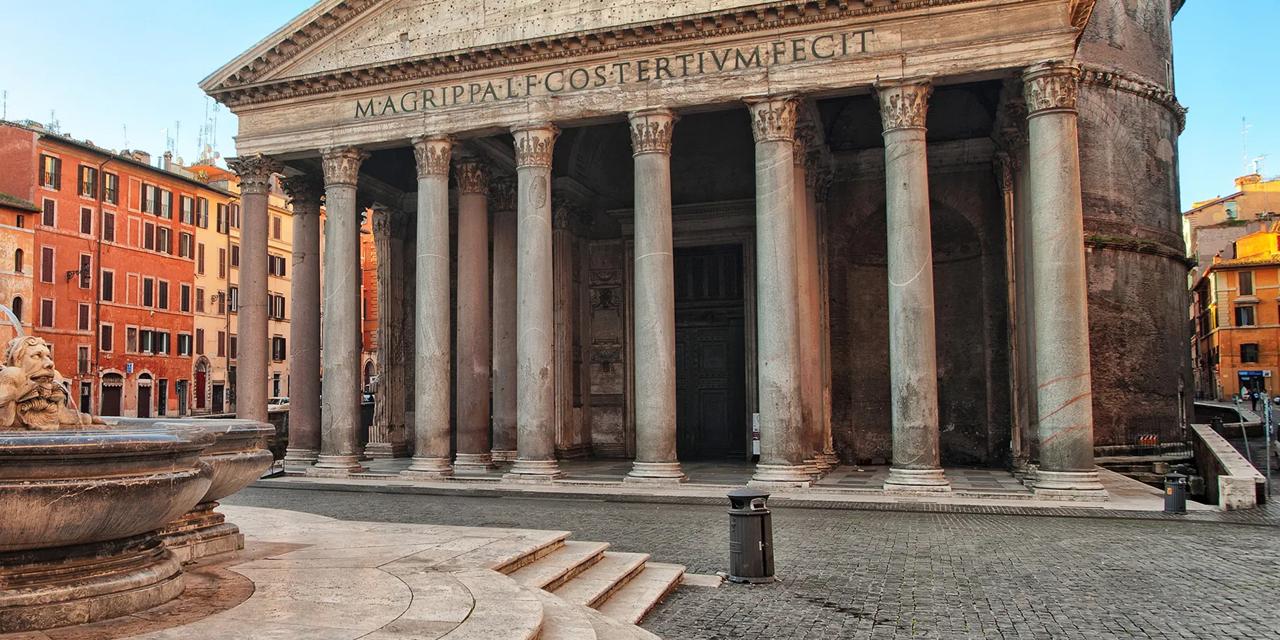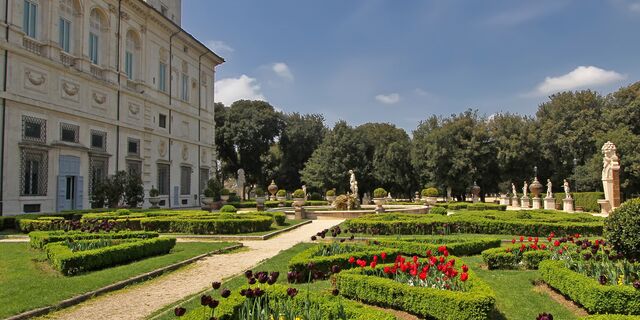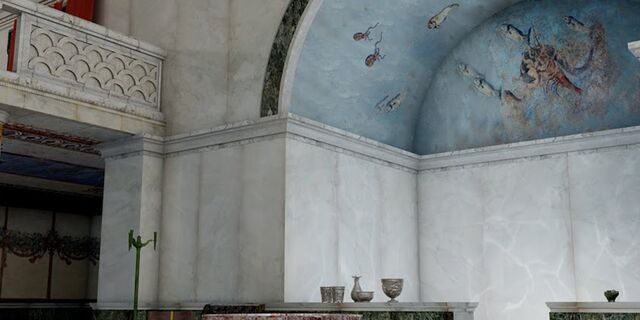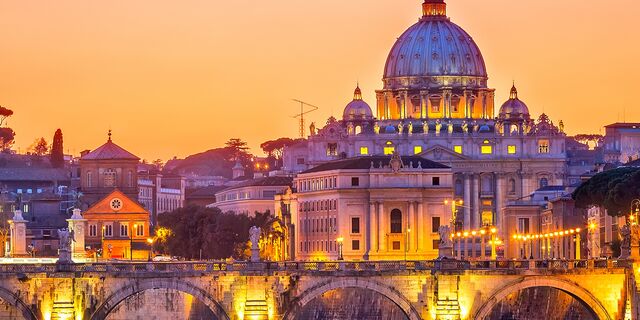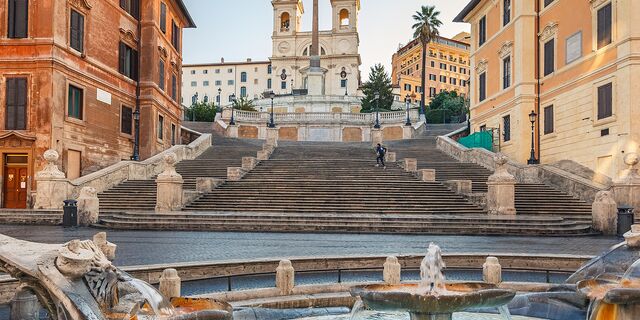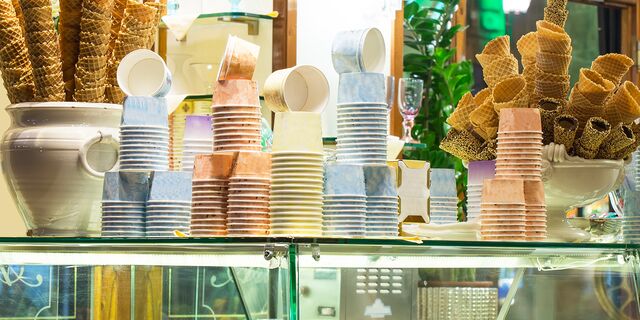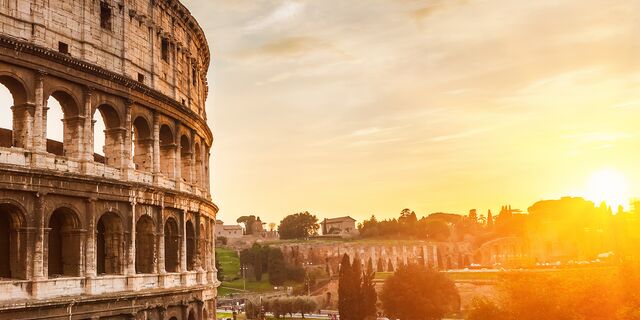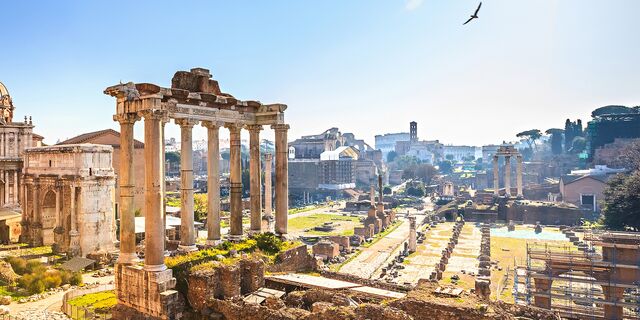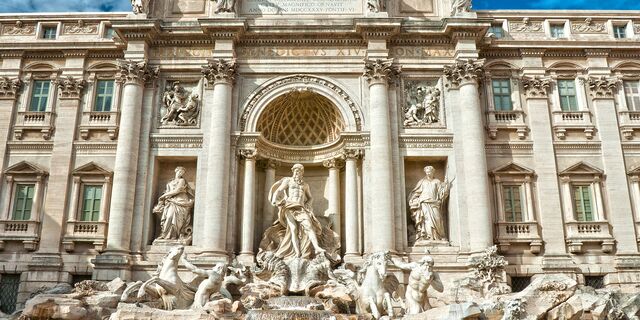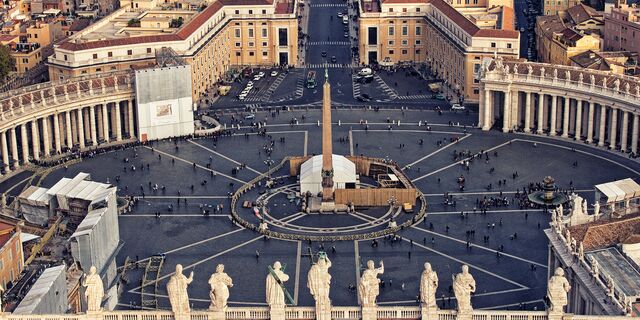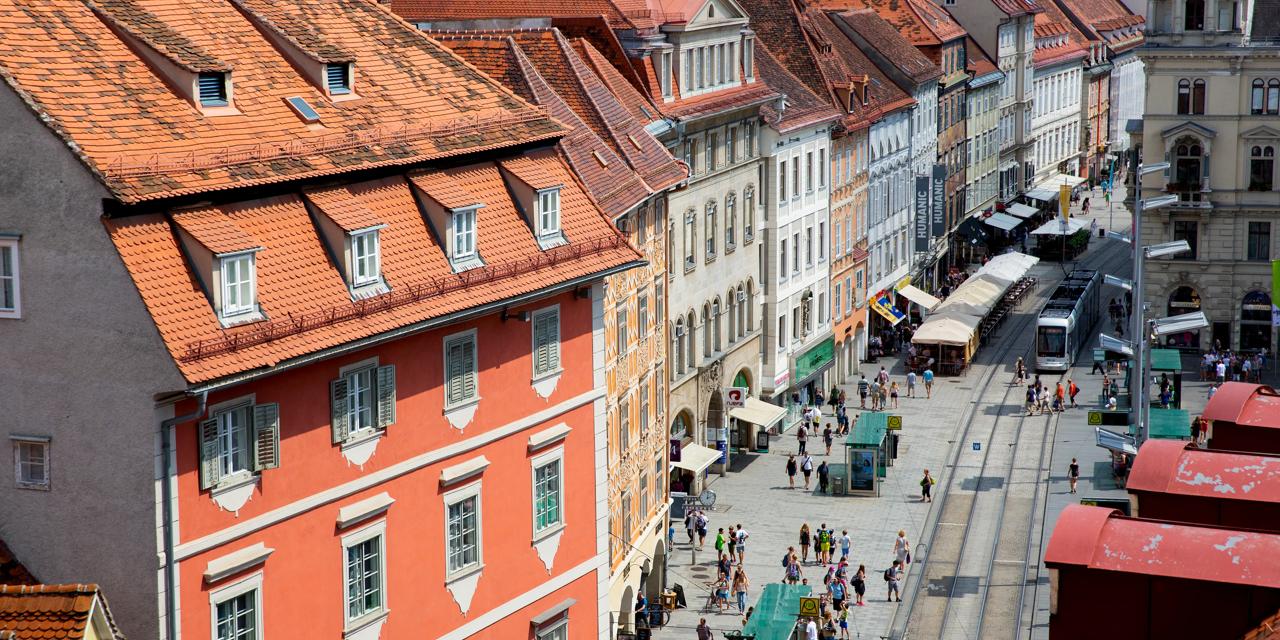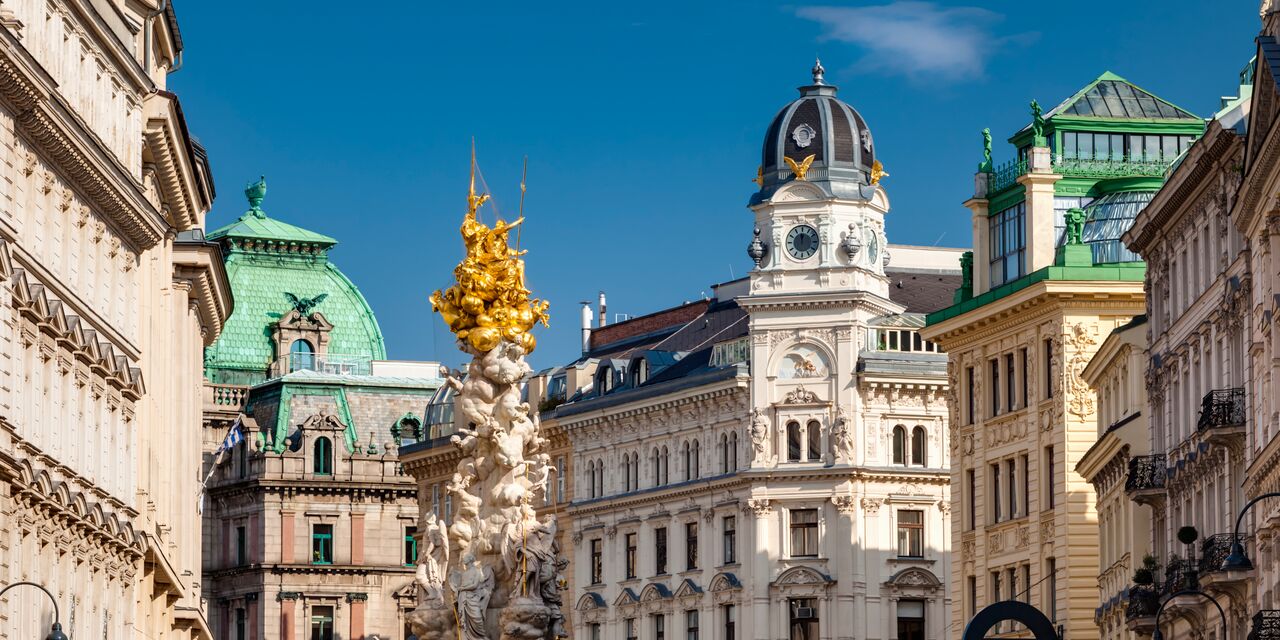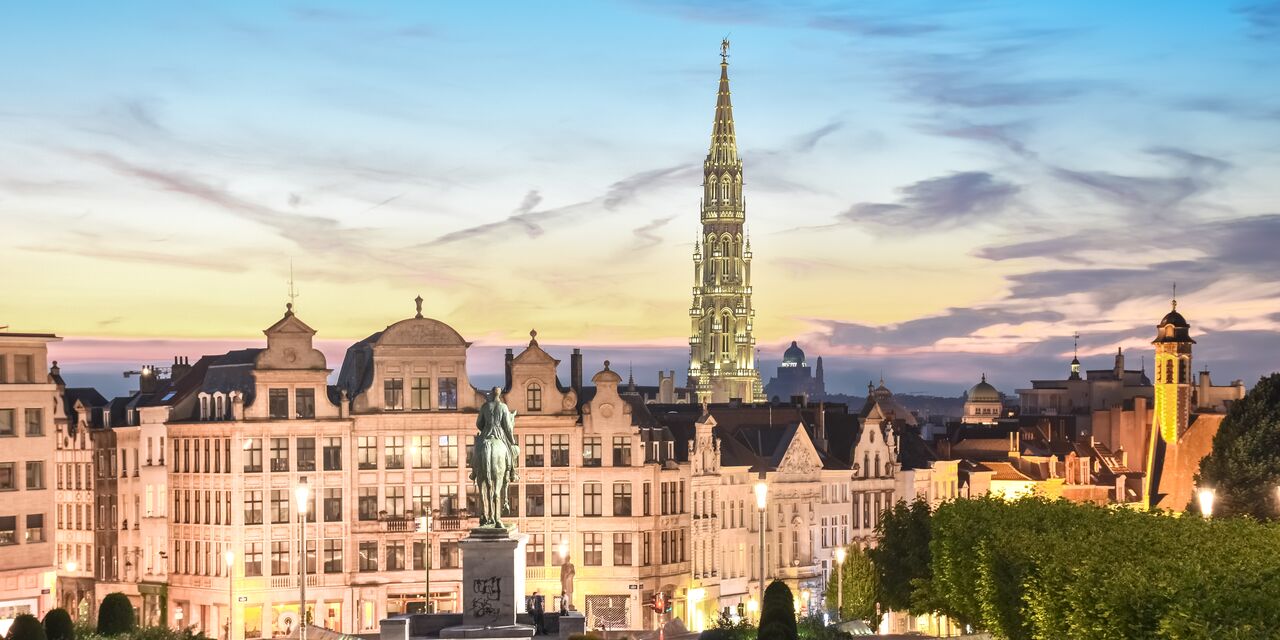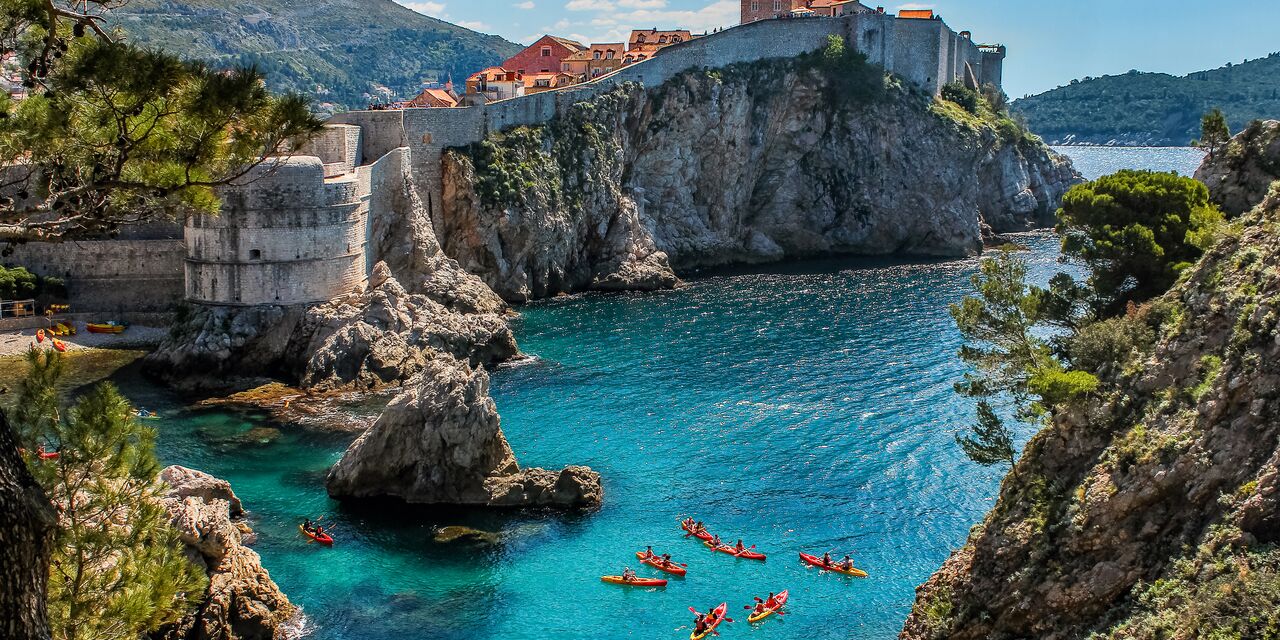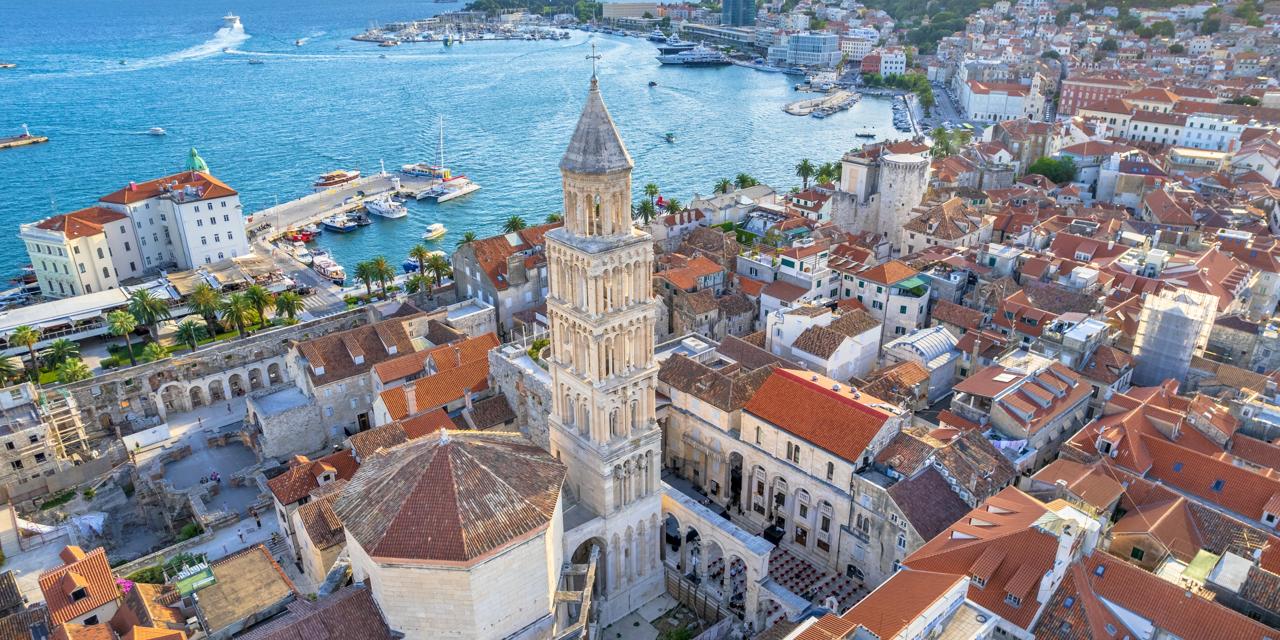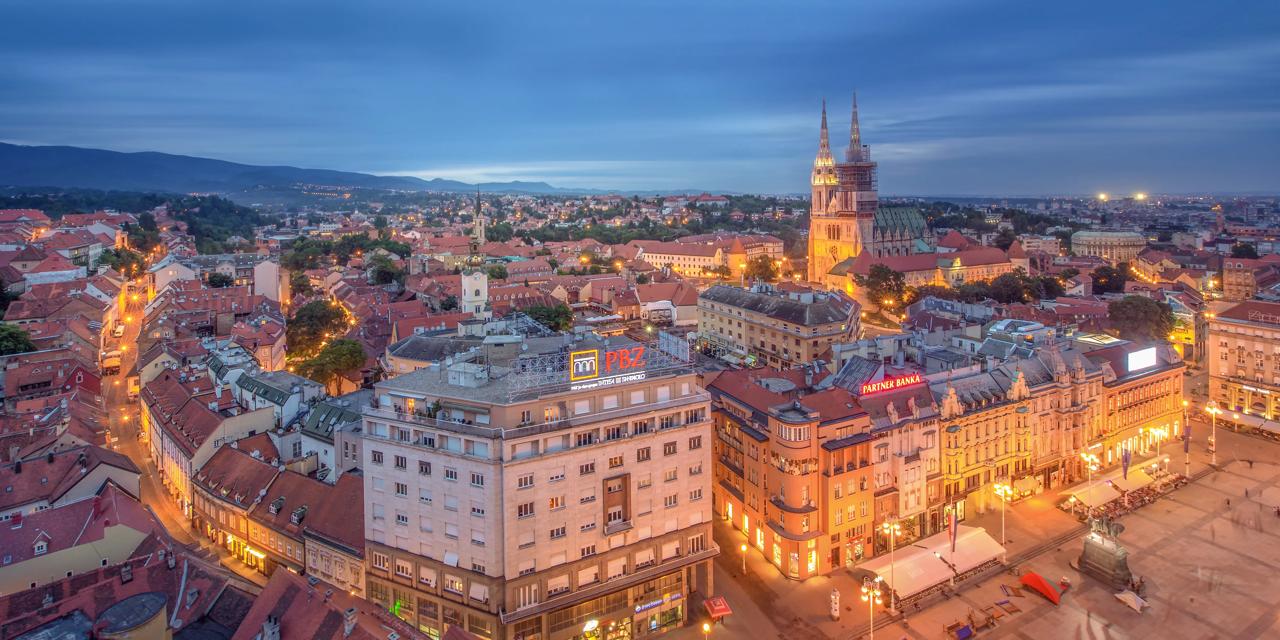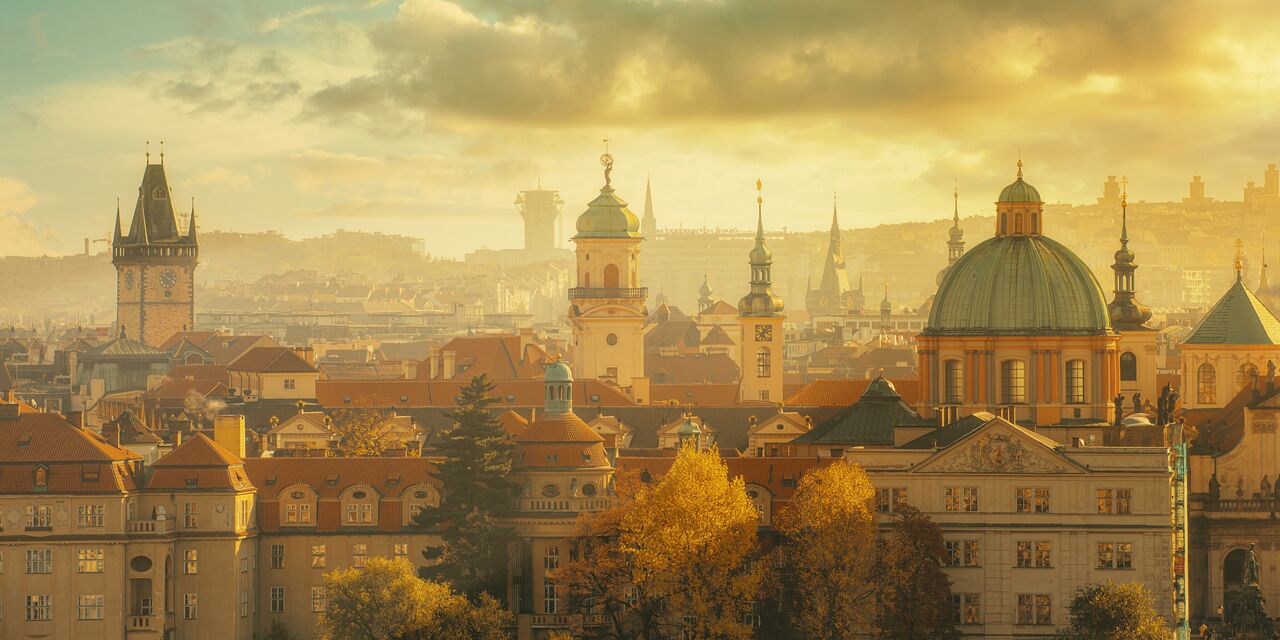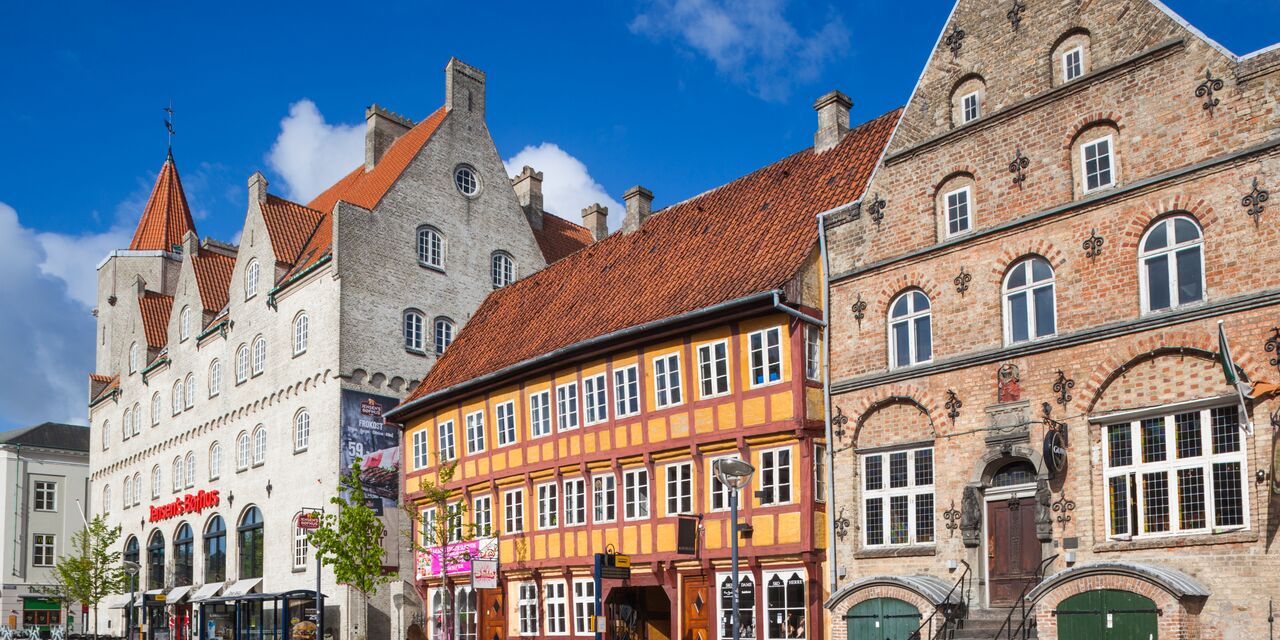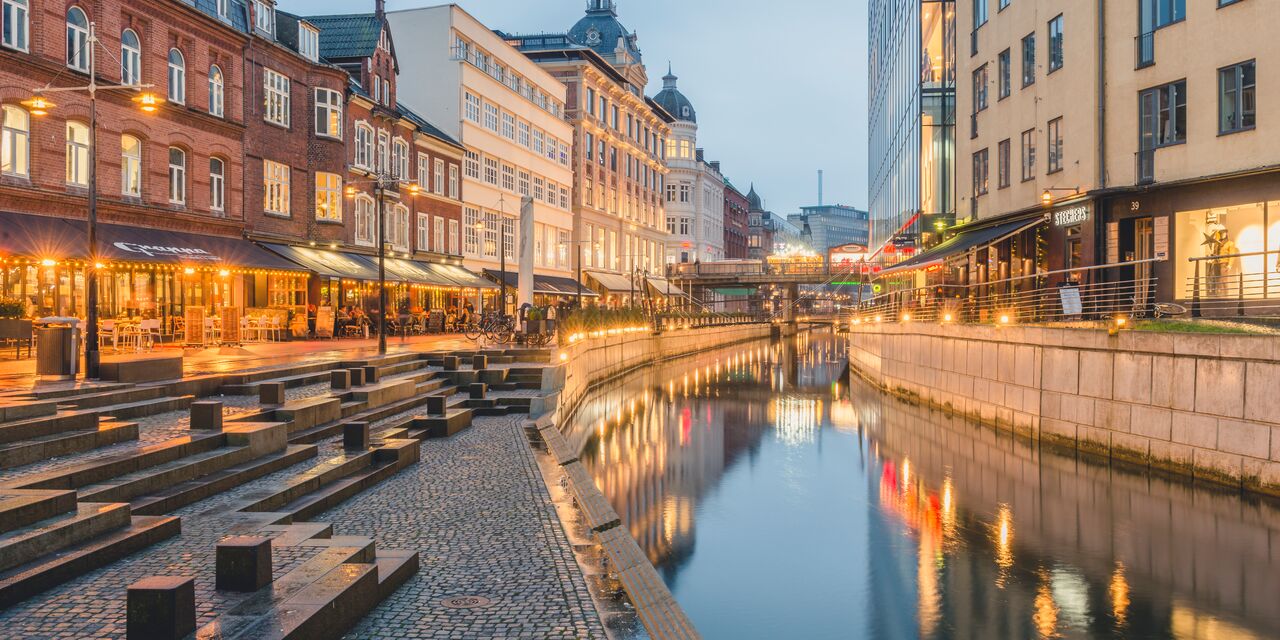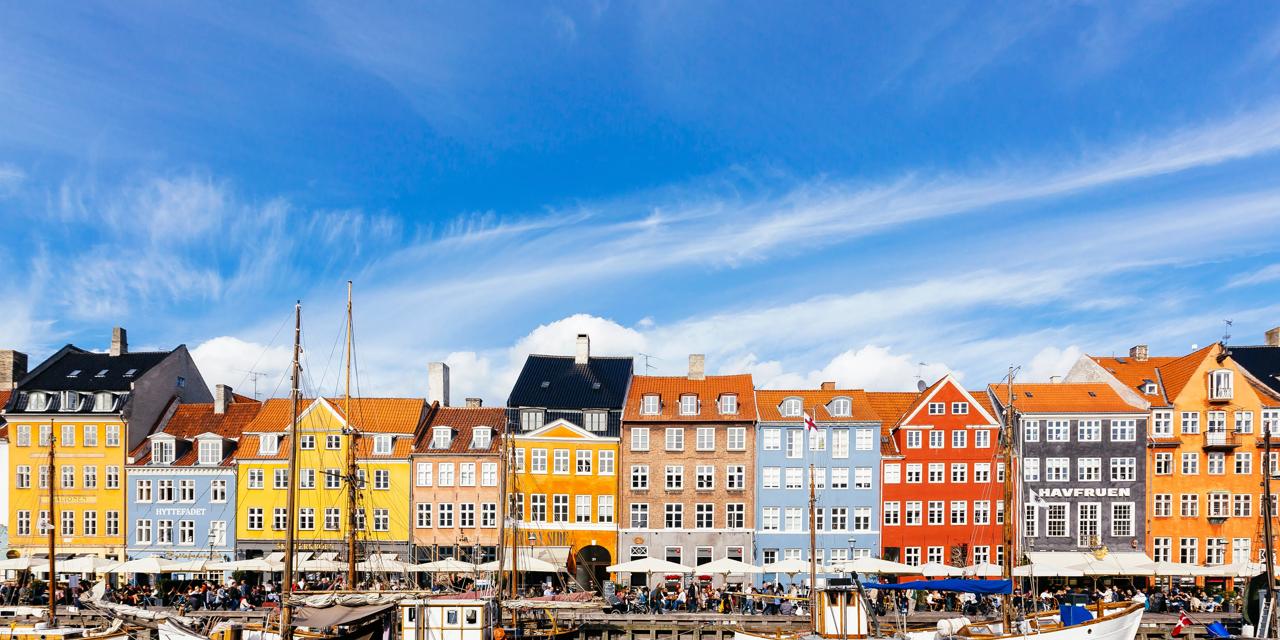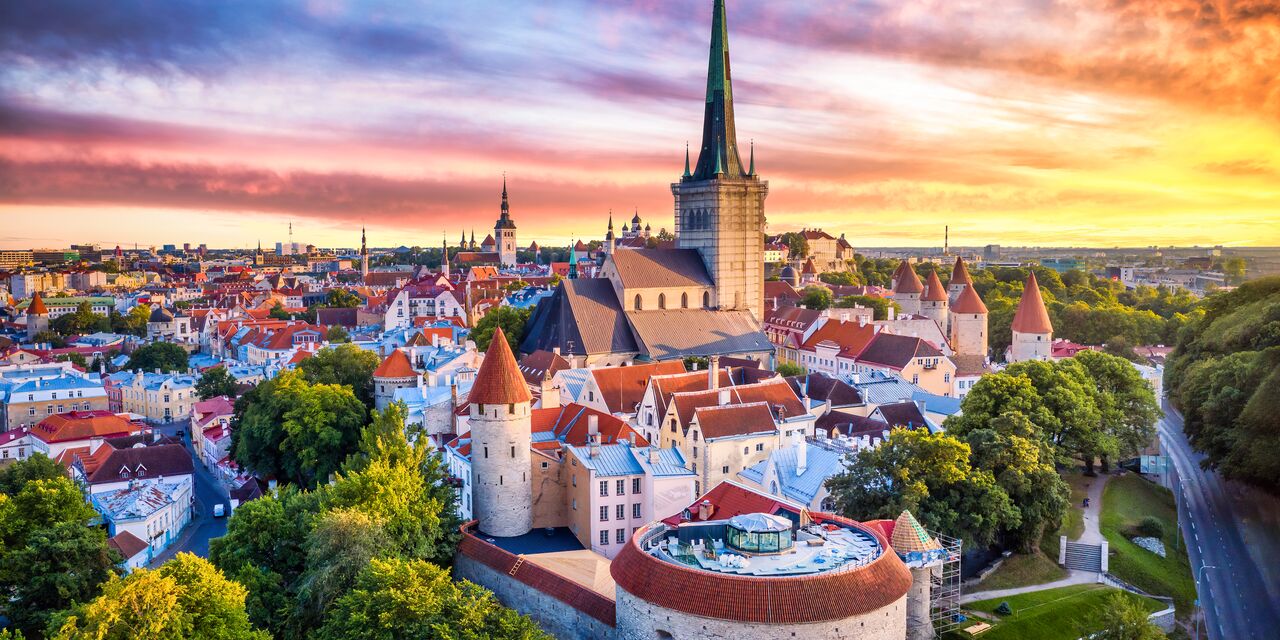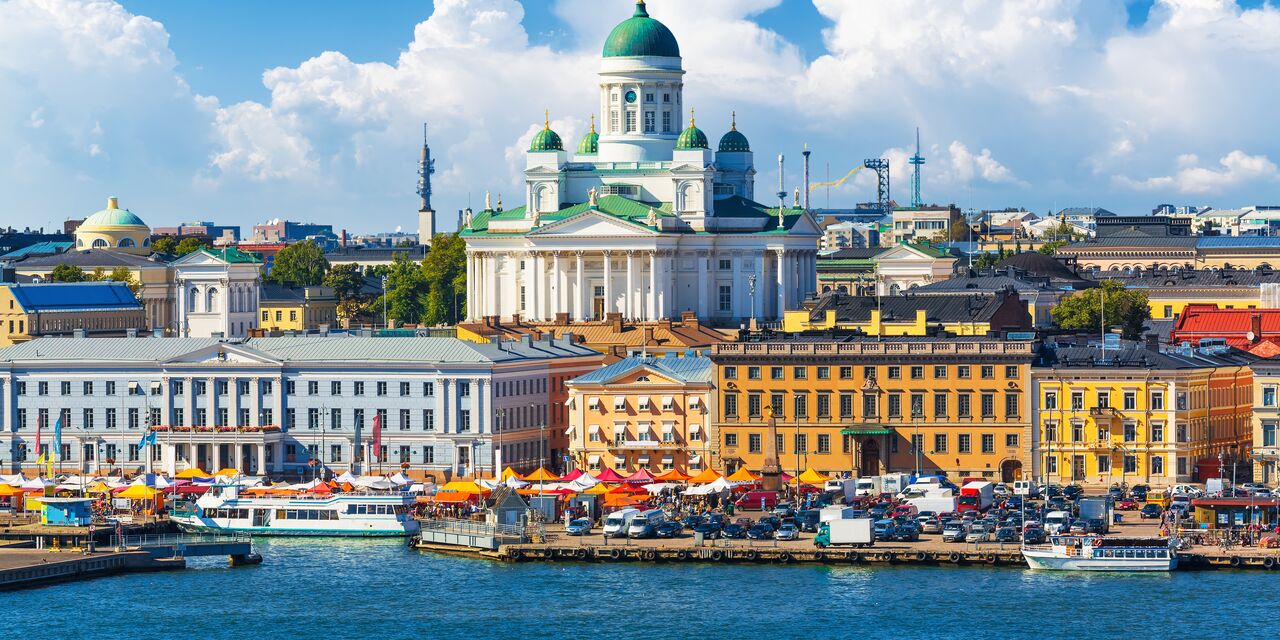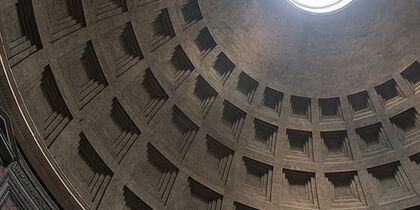
Melted to build cannons
The one thing that didn’t survive the centuries, however, is the Pantheon’s bronze roof. Pope Urbanus VIII had the bronze melted to create a canopy for Peter’s grave in St. Peter’s Basilica and cannons for the Castel Sant'Angelo. The large domed roof of the Pantheon is a fascinating phenomenon and a real masterpiece. In later days architects wondered how it was possible that the dome of non-reinforced concrete didn’t collapse under its own weight.

Hole in the roof
It was only much later in 1434 that Italian architect Brunelleschi was able to design a similar dome for the Santa Maria del Fiore in Florence. The secret of the Pantheon lies in its walls that gradually thin out towards the top. To reduce the weight, the architect added square recesses (cassettes). Finally there is a hole in the top to give the dome some room to move. So although sometimes it rains inside, sunlight is able to penetrate the Pantheon and light up its stunning interior.

